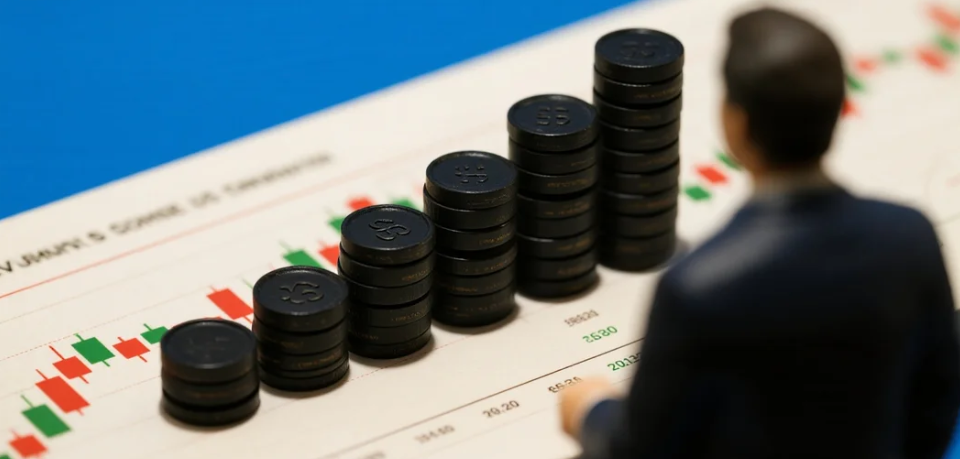
Baroque art was a dominant artistic style in Europe from 1600 to 1750, originating in Counter-Reformation Italy and flourishing throughout Catholic Europe before spreading globally through Catholic missions. Its fundamental characteristic was breaking Renaissance ideals of solemnity, restraint, and balance, emphasizing intense emotional expression with breathtaking artistic effects.
Emerging in the late 16th century, Baroque art peaked during the 17th century before declining in most regions (except Northern and Central Europe) by the 18th century. Its Italian origins were inextricably linked to the Counter-Reformation. As Rome was the epicenter of Church power, its emergence there was unsurprising. While not invented by the Church, Baroque art served ecclesiastical purposes and found its strongest patronage from religious institutions.
Baroque art significantly influenced 18th-century Rococo and 19th-century Romanticism. Championed by the Catholic Church, it thrived predominantly in Italy, Flanders, and Spain. Masterpieces by Italian sculptor Bernini and Flemish painter Rubens represent the pinnacle of Baroque achievement.
The term "Baroque" derives from Spanish/Portuguese "barroco" (misshapen pearl). Originally a pejorative adjective meaning "gaudy and chaotic," 18th-century classicists used it to denigrate post-Renaissance art. Today it neutrally denotes this 17th-century style.
17th-century European colonial expansion amassed enormous wealth, fostering lavish lifestyles that demanded opulent, dynamic expressions in architecture, music, and visual arts. Amid Catholic-Protestant conflicts, the Church employed Baroque art's mesmerizing qualities alongside repression. Embracing sensory pleasure while maintaining Christian orthodoxy, Baroque became a "Christianized Renaissance."
Key characteristics of Baroque art include:
1. Opulence: Blending sacred grandeur with hedonistic splendor
2. Emotional intensity: Shattering rational harmony with romantic exuberance and artistic imagination
3. Dynamic movement: The quintessential soul of Baroque expression
4. Spatial depth: Emphasizing three-dimensionality and spatial illusion
5. Artistic synthesis: Integrating architecture with sculpture and painting, while incorporating literary, theatrical, and musical elements
6. Religious dominance: Predominance of sacred themes
7. Escapism: Many artists distanced themselves from reality, reducing human figures to decorative motifs in ceiling frescoes
Exceptions like Rubens and Bernini maintained strong connections to contemporary life. Specific manifestations include:
(1) Kinetic energy: Actual movement (undulating walls, fountain jets) or implied dynamism (figures in dramatic poses, diagonal compositions replacing Renaissance stability); illusions of infinity (vanishing-point perspectives, trompe-l'œil ceilings, mirror-enhanced spatial ambiguity)
(2) Theatrical lighting: Artificial illumination creating dramatic contrasts, enhancing volumetric depth beyond Renaissance achievements; softened contours and organic unity; exaggerated perspectives; erasing boundaries between architecture, painting, and sculpture
















